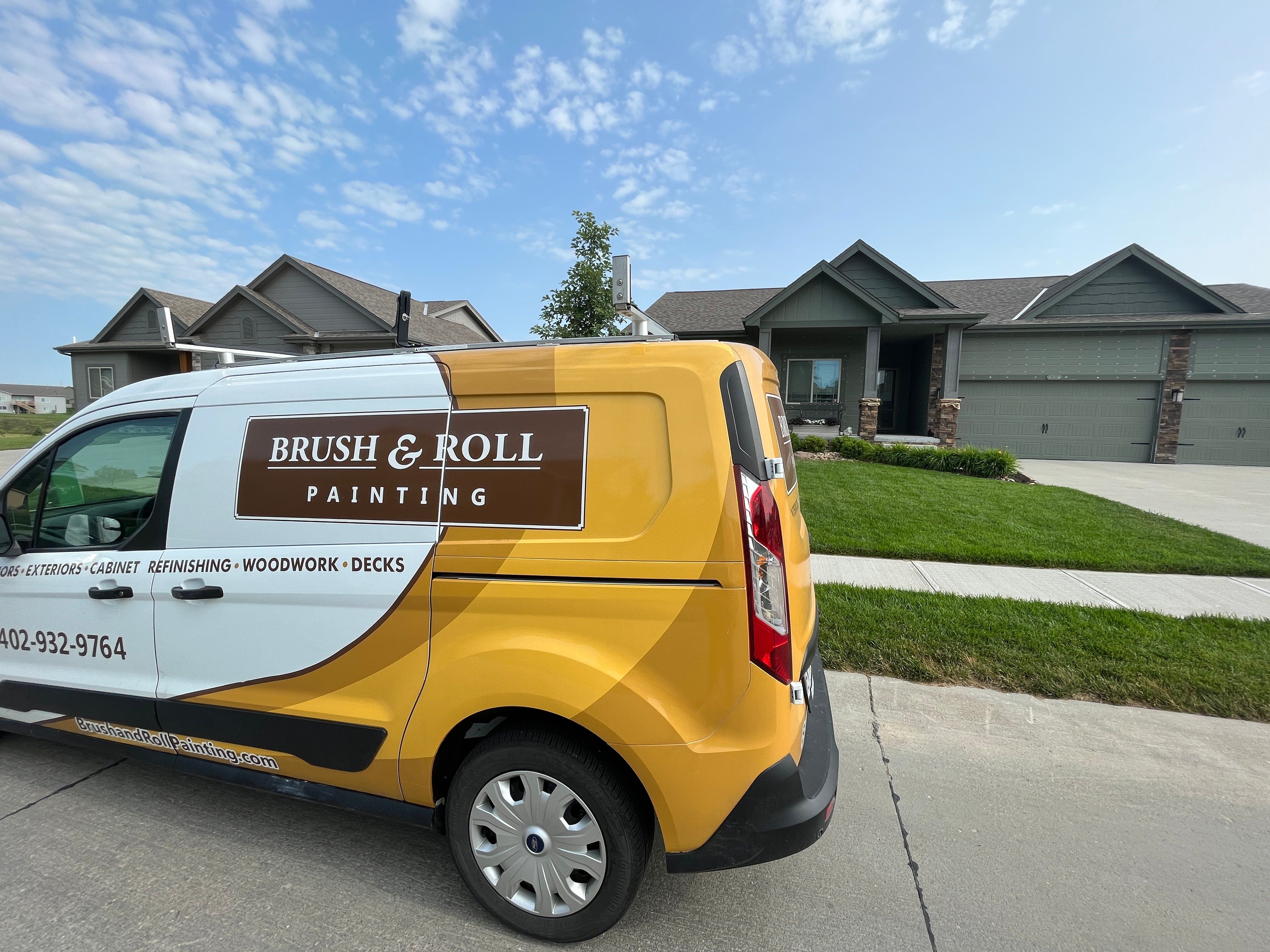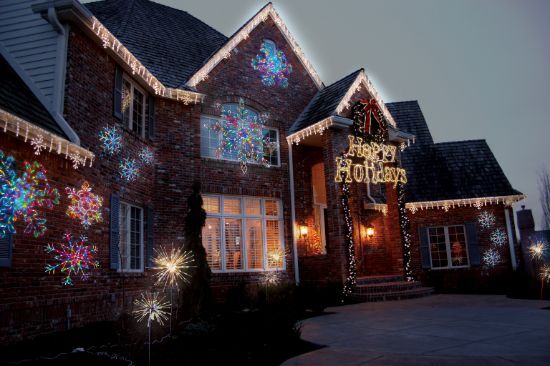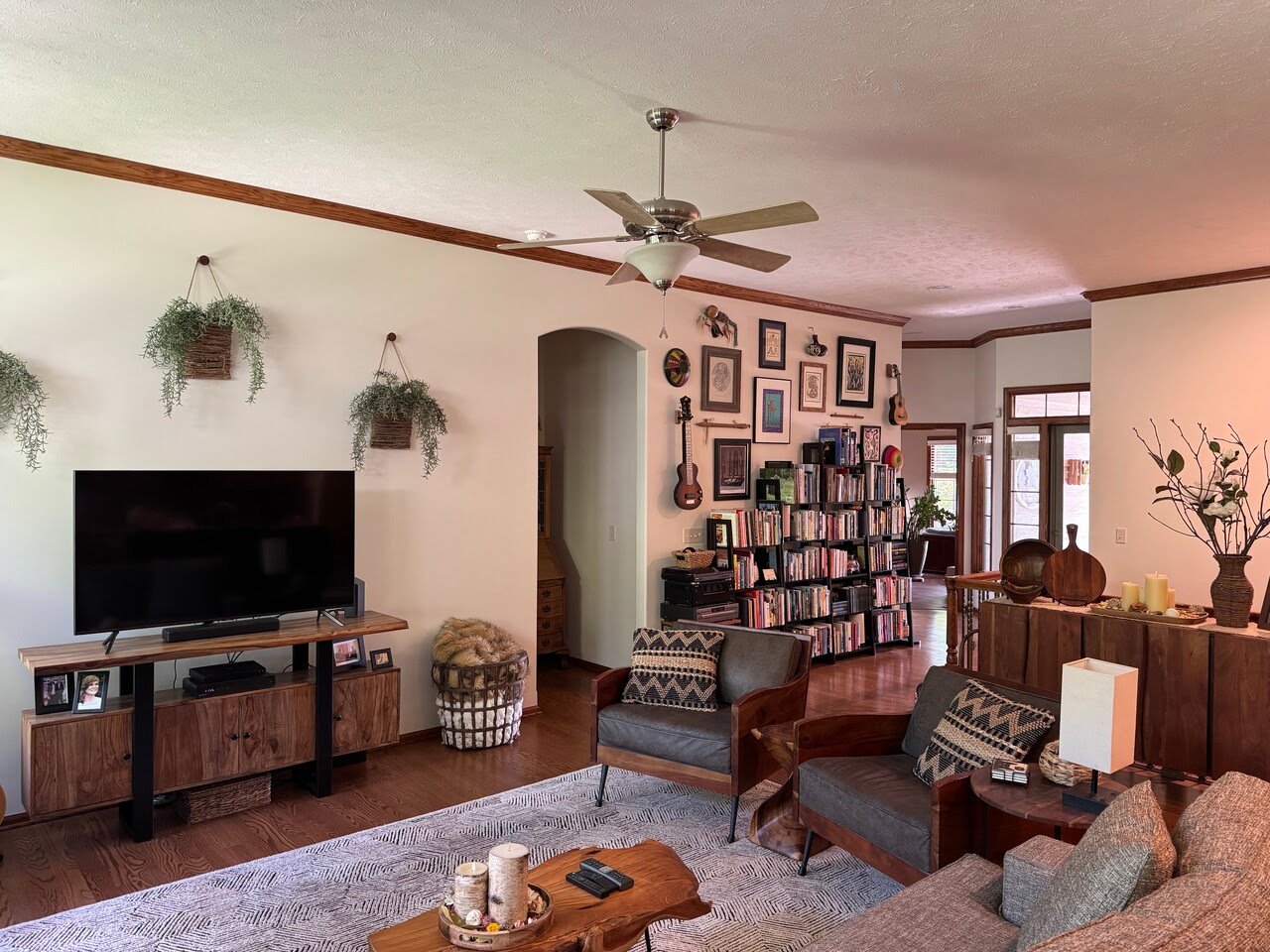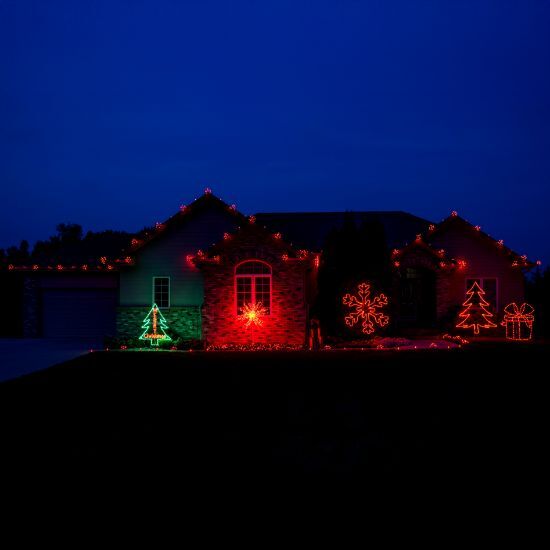7 Exterior Home Painting Mistakes in Omaha, NE
September 20th, 2024
5 min read
-Sep-20-2024-01-49-09-4109-PM.png?width=800&height=418&name=Blog%20Post%20Image%20Size%20(3)-Sep-20-2024-01-49-09-4109-PM.png)
When it comes to exterior painting, you may feel a mix of excitement and anxiety starting the project. It is a big investment into your home and you want to make the best decisions.
Whether you're refreshing the look of your home or addressing weather damage, the stakes are high. A poor paint job can lead to peeling, fading, or even long-term damage to the exterior of your home, leaving you with more expenses down the road. Understanding common exterior painting mistakes is the first step in avoiding them and ensuring a beautiful, lasting finish.
Luckily, at Brush & Roll Painting we've seen it all, so you don’t have to. From streaky siding to peeling paint that looks like it's trying to escape, we've fixed more inexperienced exterior painting disasters than we care to count. With nearly three decades of experience painting homes across Omaha, we've developed an eye for what works and what ends up being a costly mistake.
So in this article, we're going to walk you through the most common mistakes that amateur painters stumble into. By the time you're done reading, you'll know exactly what not to do, understand why hiring a professional painter might save you money (and sanity) in the long run, and have a clear picture of what goes into a top-notch exterior paint job in Omaha.
1. Skipping Exterior Prep Work Before Painting
Proper preparation is crucial to a quality paint job. Without it, your home is at risk of water damage, paint chipping, peeling, fading, and the list goes on.
A study by the National Association of Home Builders found that homes with proper surface preparation before painting lasted 50% longer before needing a repaint.
The Right Way: Prep work should be 60-70% of the work for exterior painting, to have a paint job that lasts.
Your painter should start with a thorough power washing to remove dirt, grime, and loose paint. Once dry, sand any rough areas and fill gaps, cracks, or holes with caulk. Then, prime bare spots or areas with stains. It's not glamorous, but it's the difference between a paint job that lasts 3-7 years and one that starts peeling before you've even put the ladder away.
If you're making a significant color change or painting over a surface in poor condition, start with a good primer. For lighter colors over dark, use a tinted primer to help with coverage.
-Sep-20-2024-01-43-26-0356-PM.png?width=538&height=281&name=Blog%20Post%20Image%20Size%20(2)-Sep-20-2024-01-43-26-0356-PM.png)
2. Exterior Home Painting in Bad Weather
Ah, Nebraska weather. One minute it's perfect, the next you're wondering if you should be building an ark. Painting in less-than-ideal conditions is a common mistake that can lead to big problems.
Too hot? Your paint dries too fast and doesn't adhere properly. Too cold? It won't cure correctly. Too humid? Hello, bubbles and blisters. And don't even get me started on painting right before it rains.
The Right Way: Aim for a dry day with temperatures between 50-85°F and humidity below 50%. Check the forecast – you want at least 24 hours of good weather after you finish. And remember, just because it's nice out doesn't mean your siding isn't still damp from yesterday's downpour.
3. Cheap Exterior Paint
We get it. Paint can be expensive, and the gallon on the bottom shelf looks mighty tempting. But using cheap paint is like putting bargain-brand tires on a Ferrari – it just doesn't make sense.
Low-quality paint often requires more coats, doesn't last as long, and can even damage your siding. A study by Consumer Reports found that premium paints can cover with one coat which would take two or three coats of cheaper paint.
The Right Way: Invest in high-quality, exterior-grade paint. Look for acrylic latex paints – they're durable and resist fading. And don't forget to match the paint to your surface type. What works on wood might not be best for vinyl or stucco.
Trusted, high-quality paint products from Benjamin Moore are Aura or Regal Select. From Sherwin Williams, you can consider Duration or Emerald.
Compare these exterior paints and more, here to narrow down the best one for your project.

4. Using the Wrong Tools For Exterior Painting
The wrong tools can leave you with uneven coverage, visible brush strokes, and a finish that looks anything but professional. Plus, you'll probably end up using more paint, which means more time and money down the drain.
The Right Way: Invest in quality brushes, rollers, and sprayers appropriate for your project. For large, flat areas, a sprayer can save time and give a smooth finish. For trim and details, nothing beats a good brush. And please, for the love of all that is holy, don't try to paint your two-story home with a ladder that barely reaches the gutters. Proper equipment isn't just about looks – it's about safety too.
5. Poor Protection Before Exterior Painting
You know that feeling when you peel off the painter's tape and half your trim comes with it? Or when you realize you've speckled your beautiful brick with paint drops? That's the result of poor masking and protection.
Inadequate covering doesn't just lead to a messy job – it can cause damage that's costly to repair. And let's not even talk about the time you'll waste trying to scrape paint off your windows or plants.
The Right Way: Use high-quality painter's tape and press it down firmly to prevent bleeding. Cover plants, walkways, and anything else you don't want to be painted. Remove the hardware or cover it completely with paper, plastic, and tape.

6. Inconsistent Exterior Home Paint Coverage
You step back to admire your work and... oh no. Is that a lighter patch over there? And why does that section look different in the sunlight? Welcome to the world of inconsistent coverage.
Uneven application doesn't just look bad – it can lead to premature wear and tear on your paint job. Areas with thinner coverage are more susceptible to damage from UV rays and moisture.
The Right Way: Your painter should maintain a wet edge as they work, overlapping each stroke or pass. Working in sections, completing one area before moving to the next. It’s helpful if they don't start painting in direct sunlight – the heat can cause the paint to dry too quickly, leading to lap marks and uneven coverage.
7. The Rush Job: Speeding Through the Process
We get it. Painting your house isn't exactly a fun weekend activity. And if you’re hiring a painter, you probably want it done ASAP. But treating it like a race to the finish line is an easy way to end up with a subpar result.
Rushing can lead to missed spots, poor coverage, and careless mistakes. Plus, you might skip crucial steps like allowing proper drying time between coats. The result? A paint job that looks... well, rushed.
The Right Way: Plan for the job to take longer than you think it will. Allow proper drying time between coats and steps. And remember, painting your house isn't a sprint – it's a marathon.
Before hiring a painter, ask them about their process and how long it takes for them to paint a house like yours. If they say 1-3 days, you may be looking at a red flag. On average, exterior painting could take 4-9 days of work to do proper prep work and paint application.
Exterior Painting Your Home
Painting your home's exterior is a big job – bigger than many people realize. It requires skill, knowledge, the right tools, and a whole lot of patience. And while DIY projects can be rewarding or hiring the cheapest painter sounds like it could be the best for your wallet, your home is worth the investment.
If you’re looking for a quick and cheap fix, DIY painting or hiring a cheap painter may be the best route for you. But it’s important that you know a cheap painting job means that you’ll likely be in the same boat in a few short years.
That's where we come in, we want you to make the best decision for your exterior painting project. This is why we have used our 27+ years of expertise at Brush & Roll Painting to tell you what mistakes we've seen (and fixed) so you don’t make the same mistakes.
We've got the experience, the tools, and the know-how to give your home the beautiful, long-lasting, and durable finish it deserves.
Ready to give your home the paint job it deserves without the headache of hiring an inexperienced painter? Click the button below to get a quote.
To further avoid hiring the wrong painter for your project, download the ultimate guide to hiring a painter. This will give you tips to be sure you hire the best painter for your project. Whether you are just starting your research or about to select the best one for the job.
Click the button below to get your free guide!
Kaylea is the Brush & Roll Painting Content Manager. Kaylea is a Journalism and Media Communications summa cum laude graduate with a minor in Marketing from the University of Nebraska at Omaha. Kaylea manages the marketing for Brush & Roll Painting.
















-Jul-23-2025-02-21-33-5468-PM.png?width=800&height=418&name=Blog%20Post%20Image%20Size%20(2)-Jul-23-2025-02-21-33-5468-PM.png)


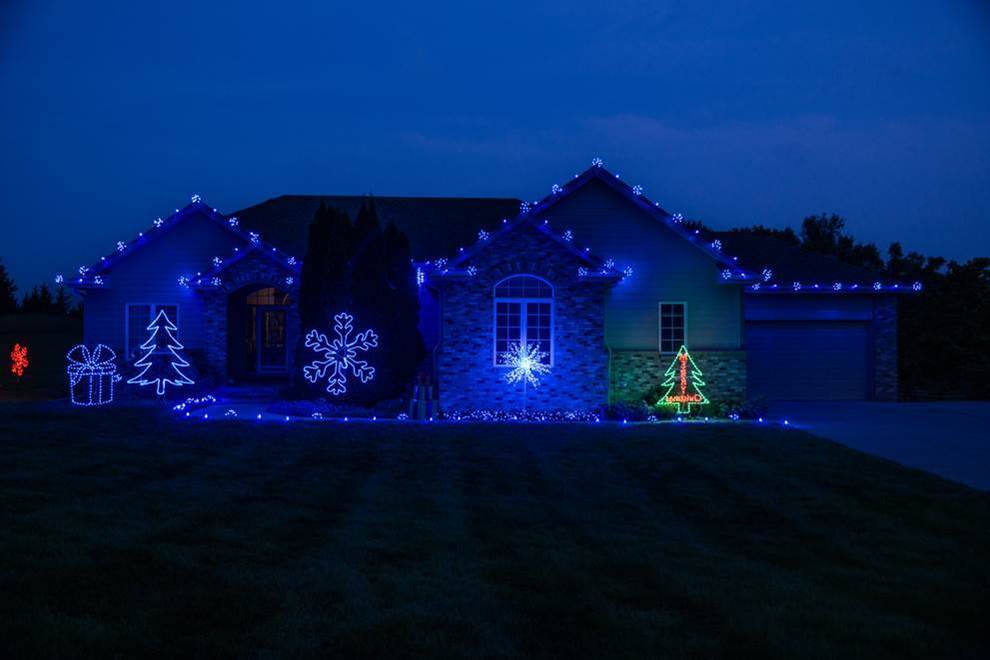
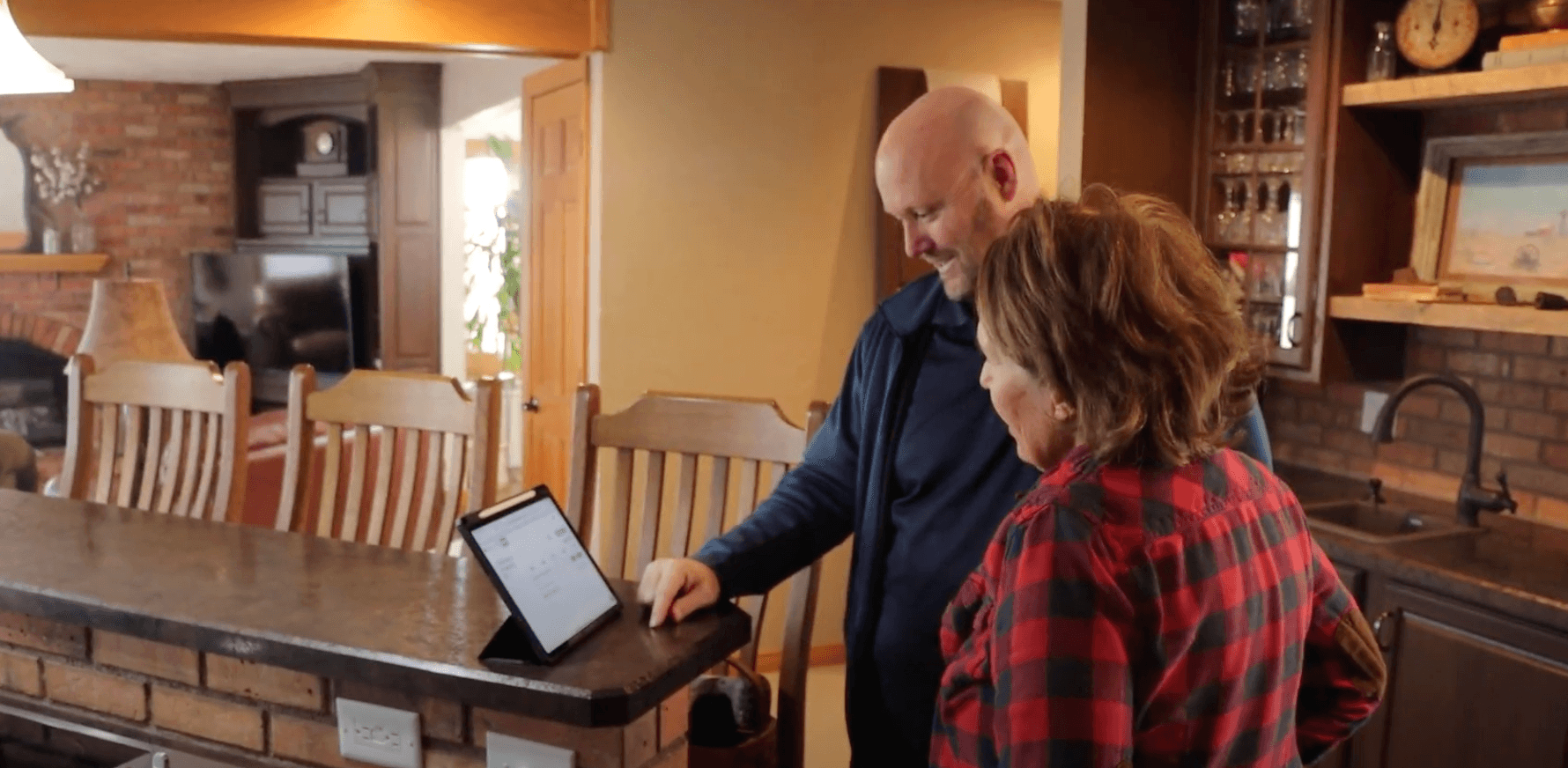
-Oct-22-2025-01-39-19-5208-PM.png?width=800&height=418&name=Blog%20Post%20Image%20Size%20(1)-Oct-22-2025-01-39-19-5208-PM.png)
